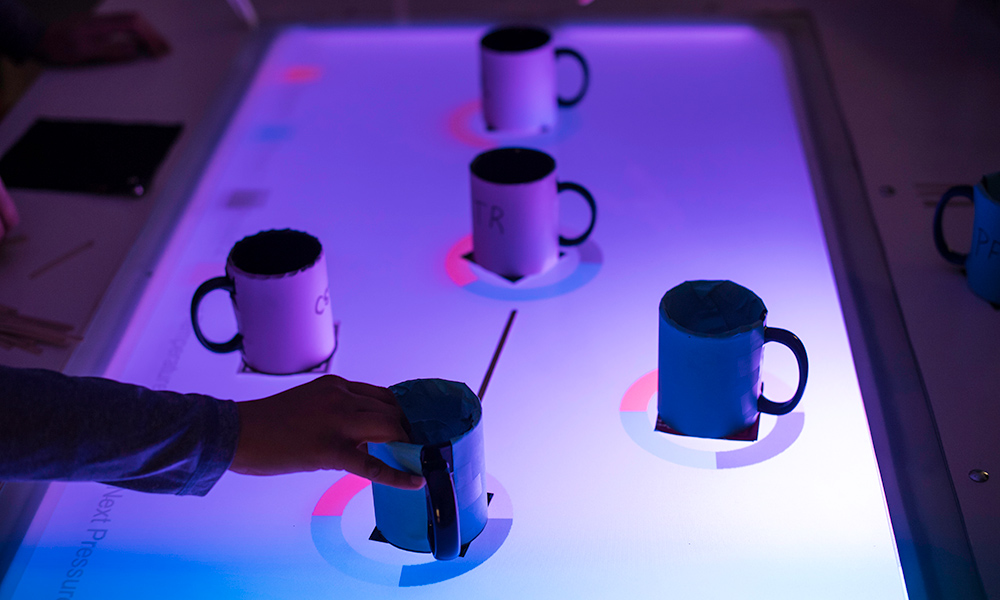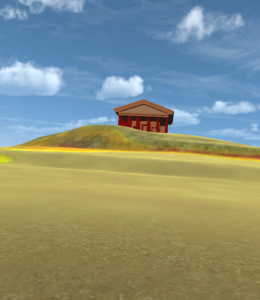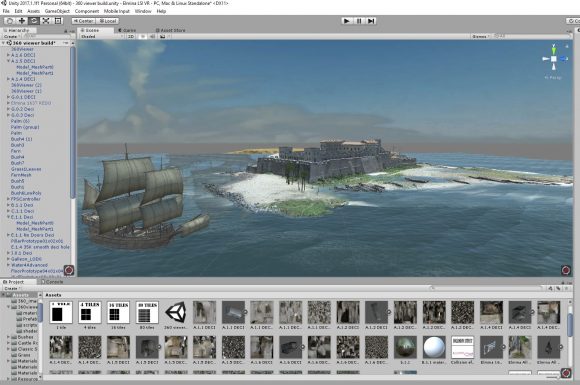Andrew White, assistant professor in the chemical engineering department, and April Luehmann, associate professor and director of secondary science education at the Warner School of Education, are collaborating on research that explores how AR can enhance the way students learn about engineering. Studio X will provide a much-needed space where educators can develop new approaches to increase student learning and engagement.

Read the full article via the University of Rochester’s Newscenter.


